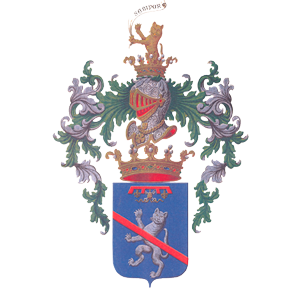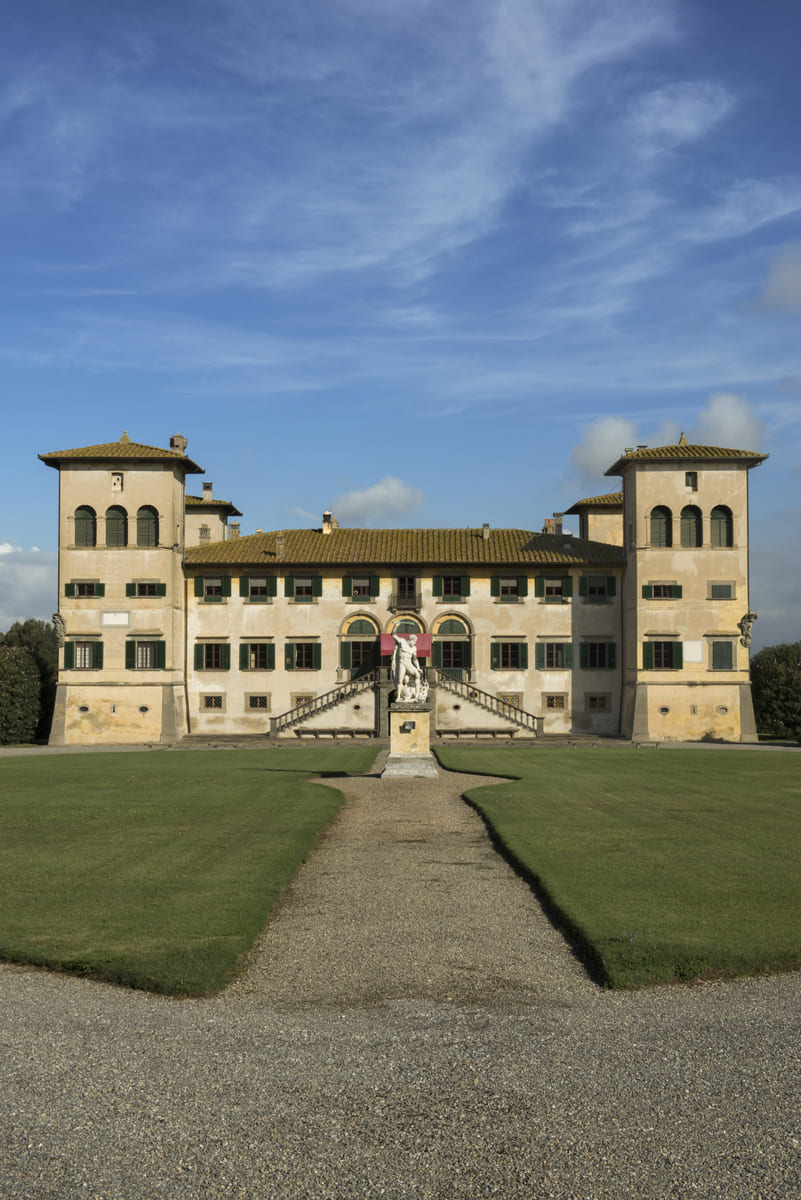
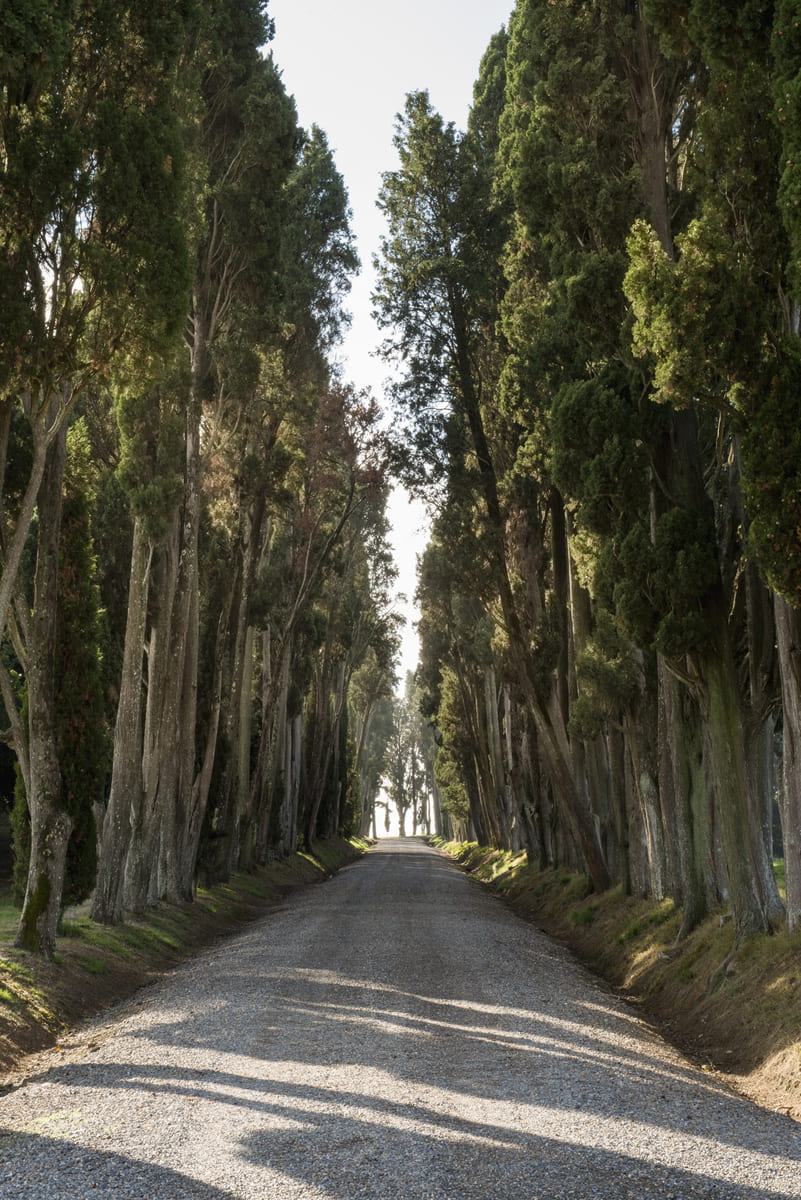
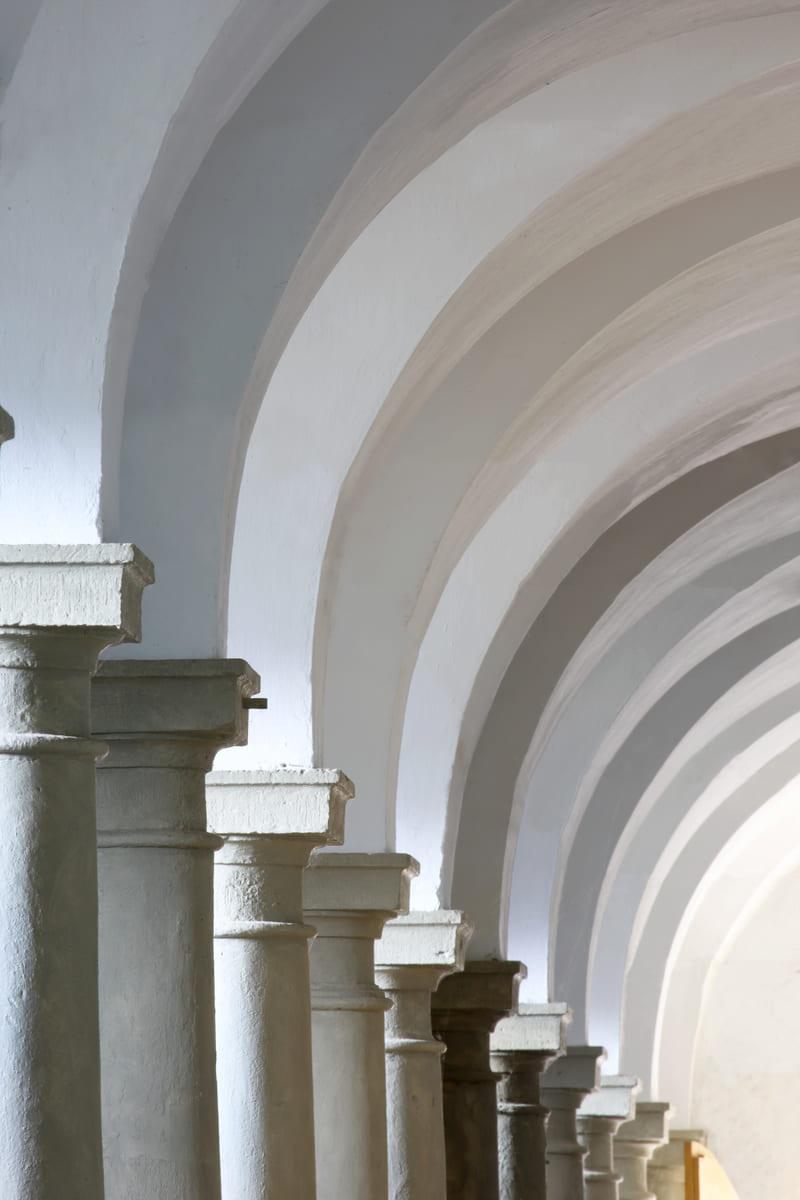
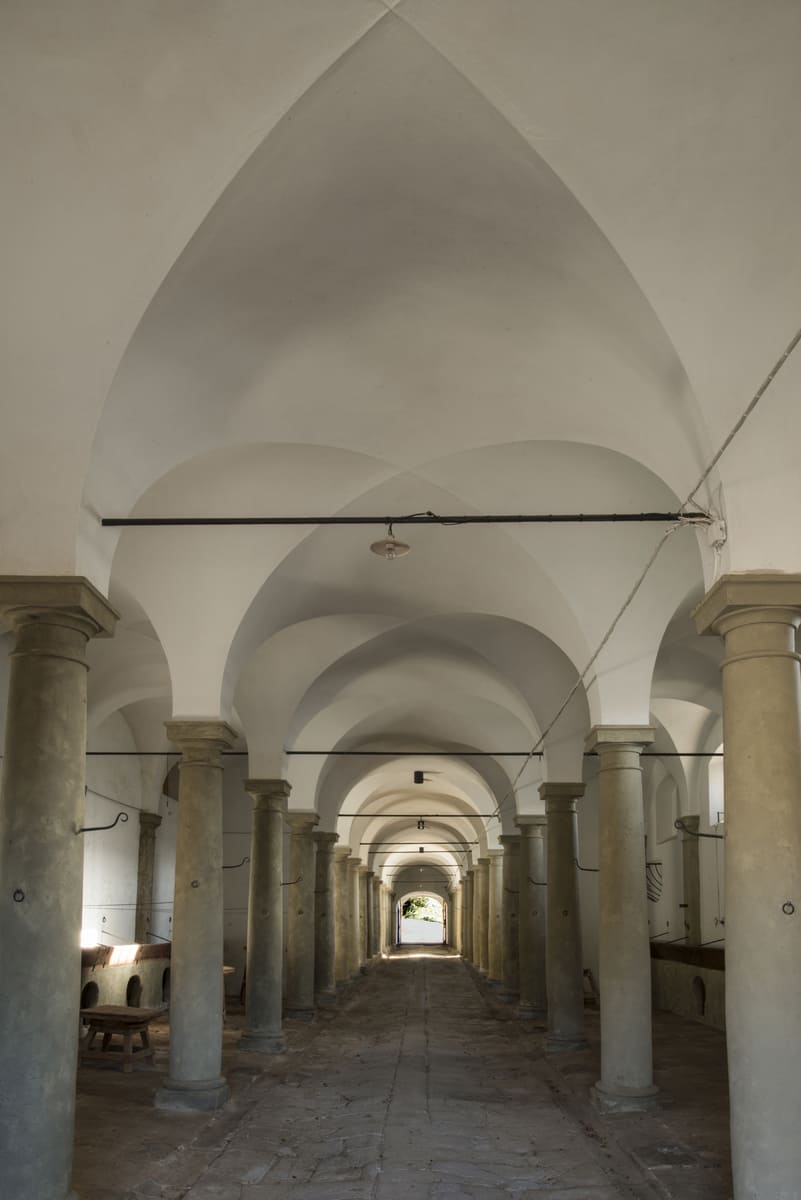
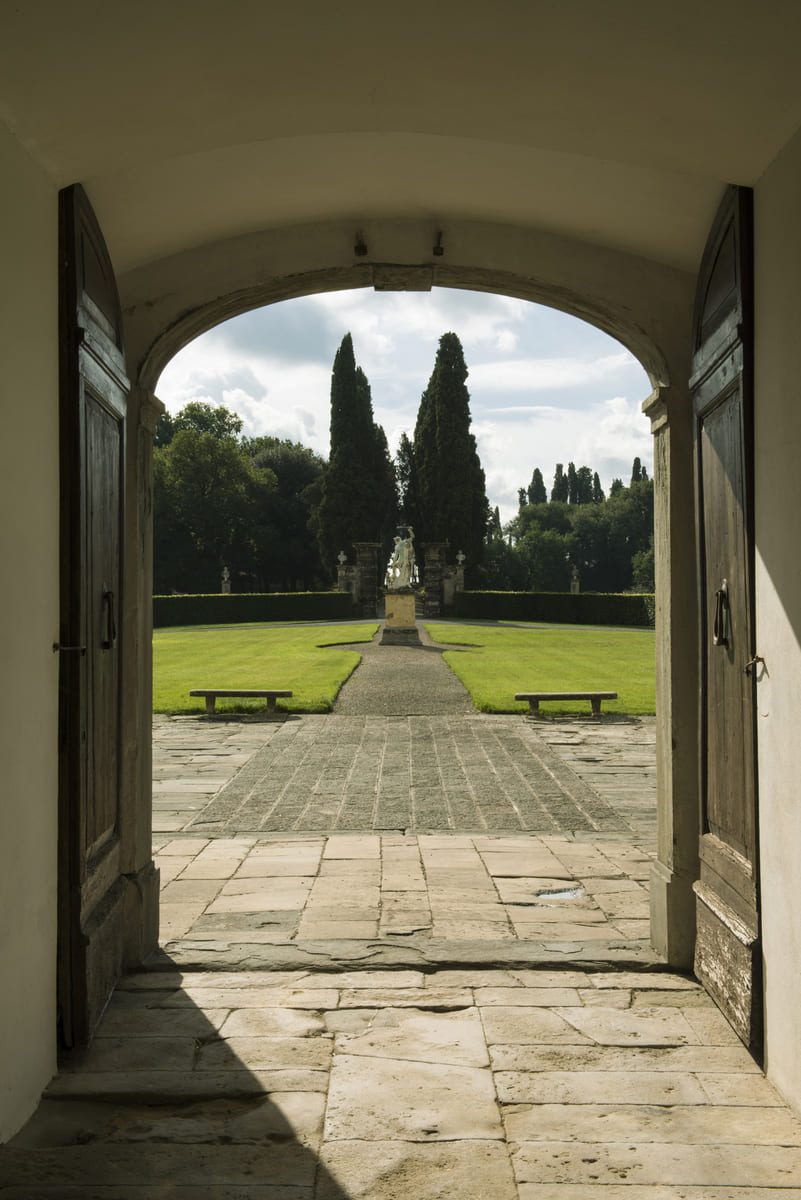
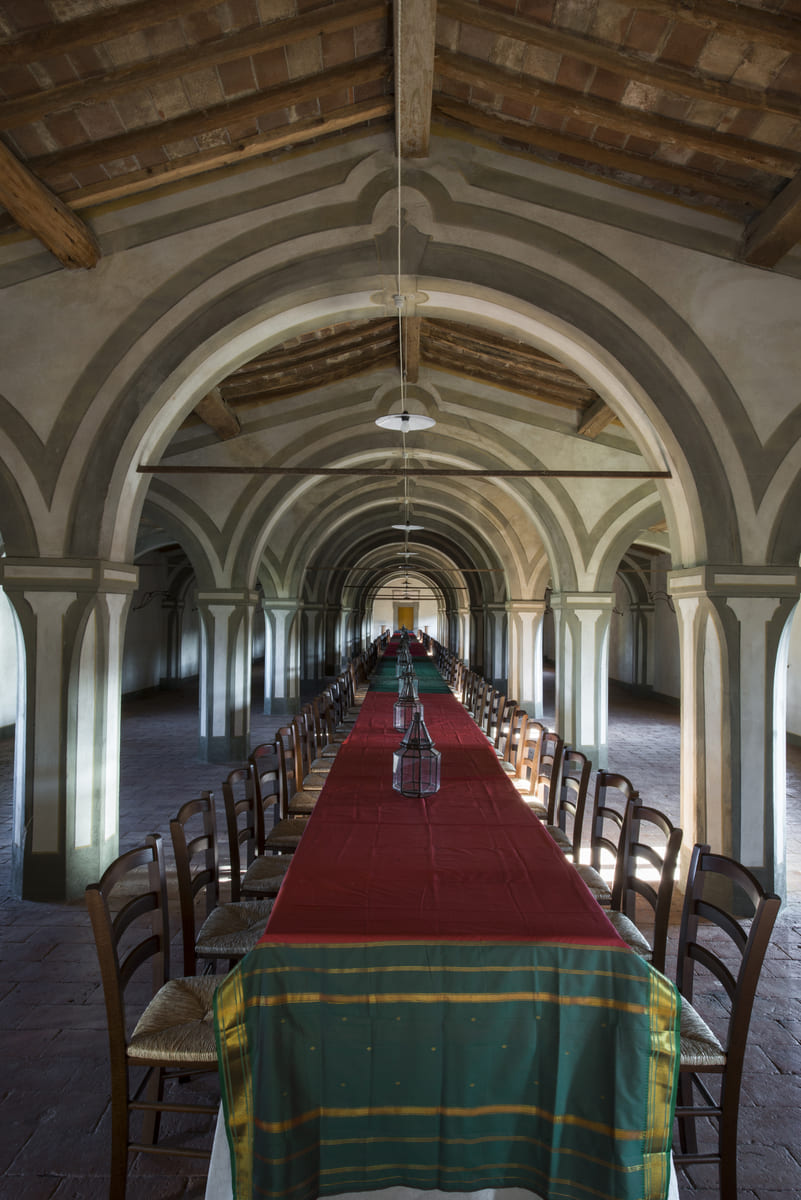
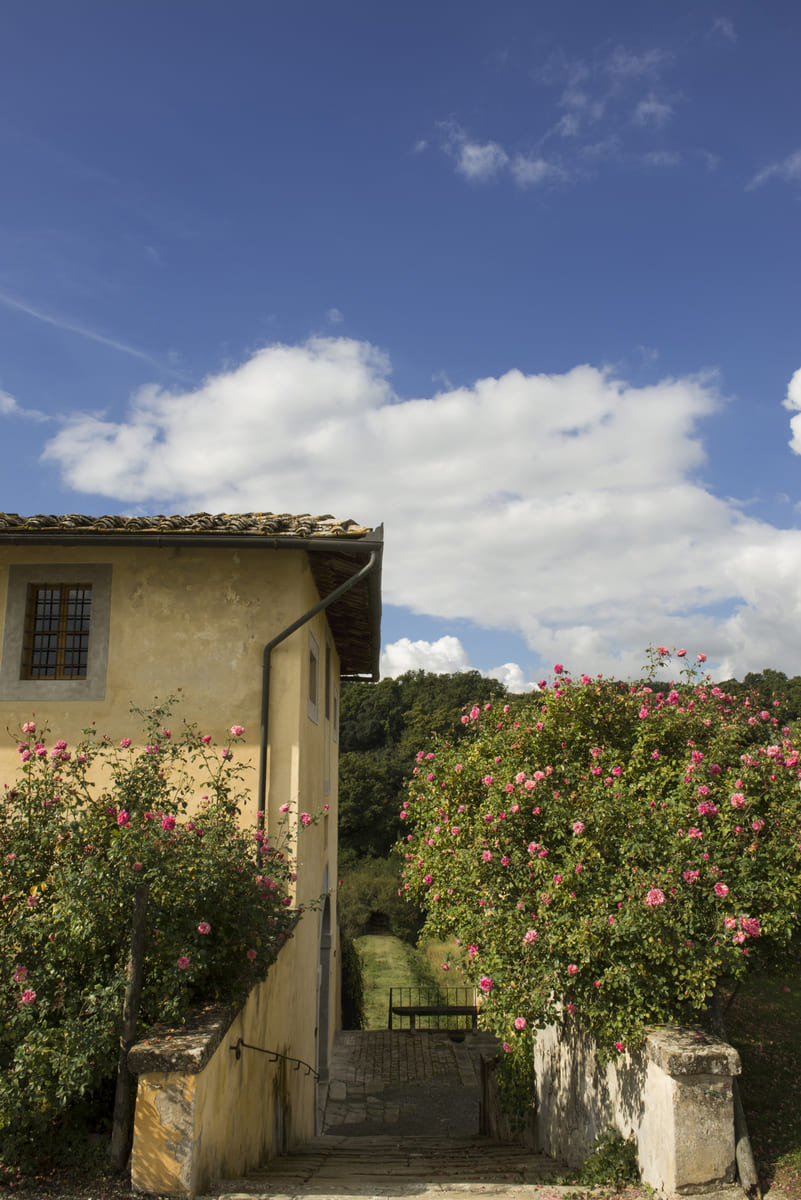
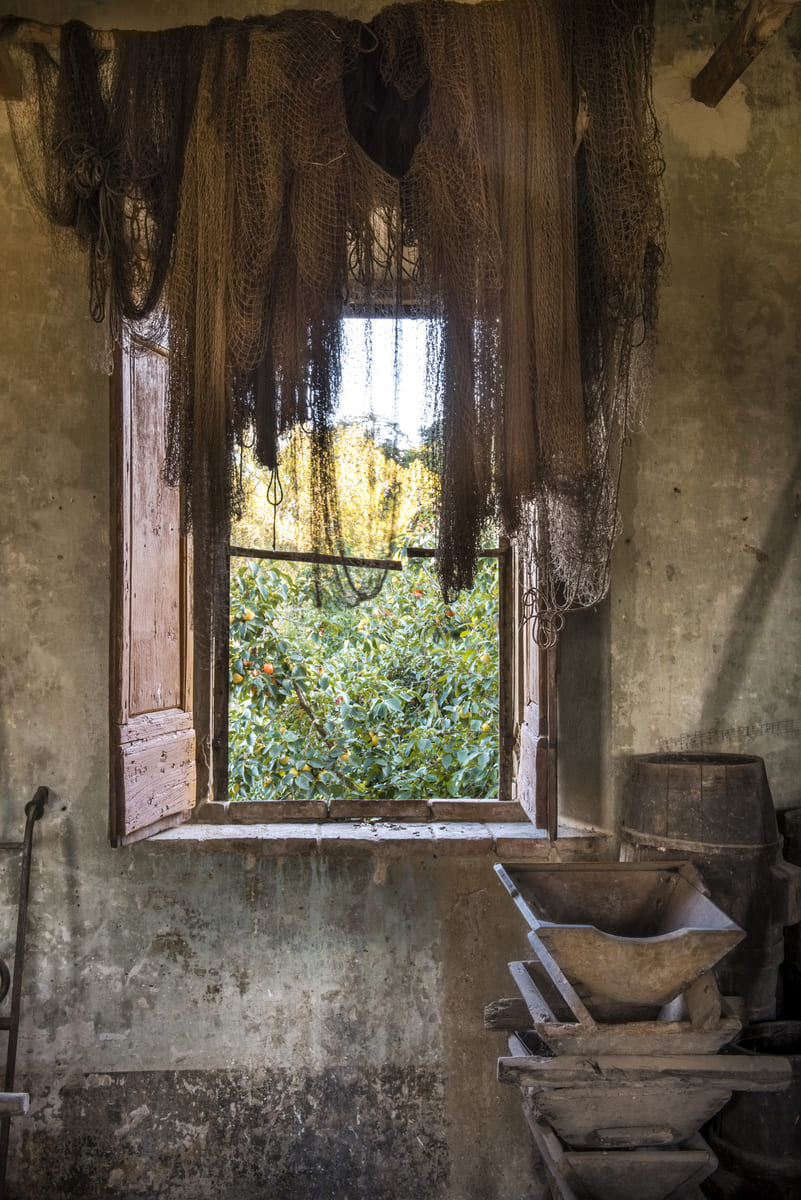
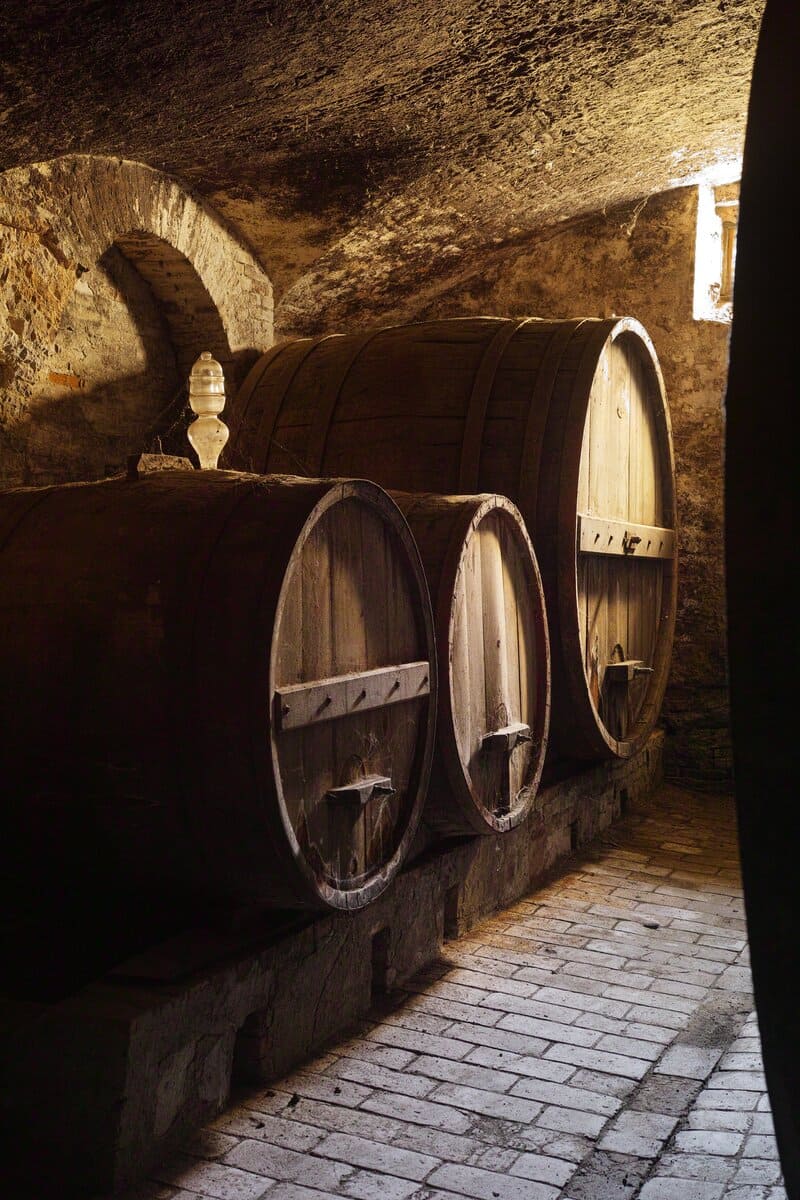
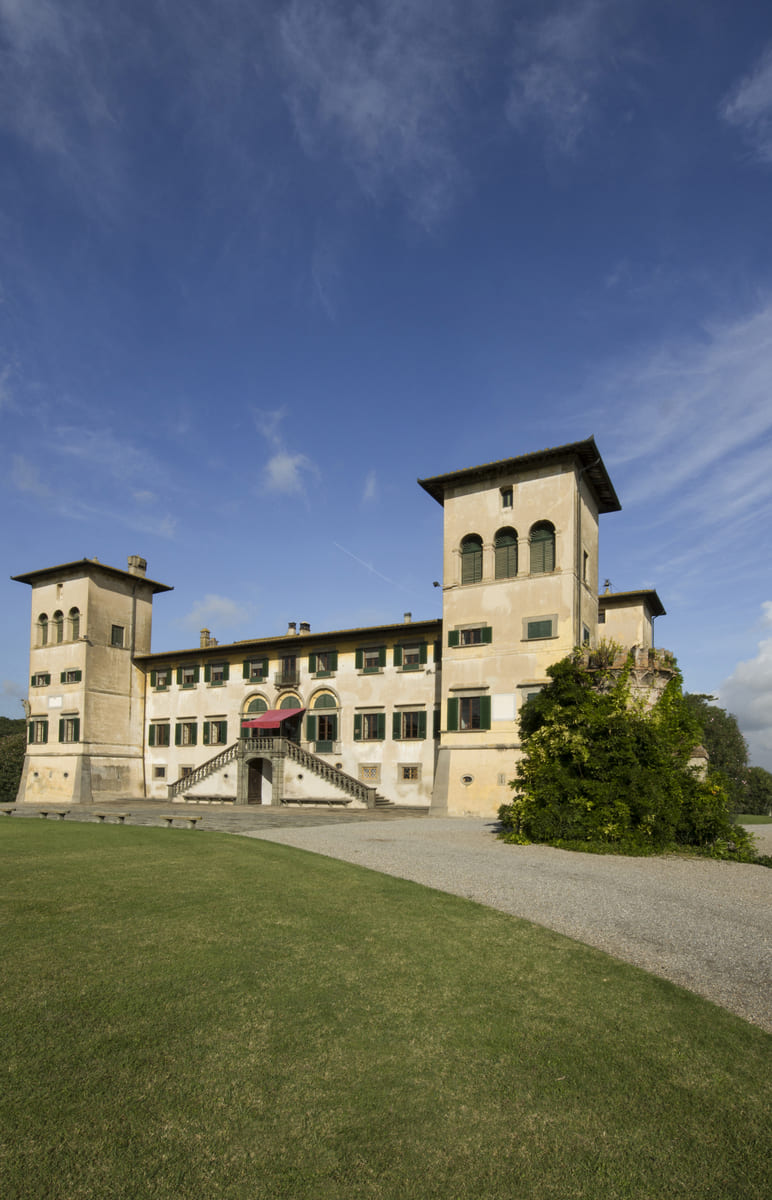
The Estate
Camugliano is one of the leading estates in Tuscany and has been owned by the Niccolini family since 1637. Its soul, the harmony of its buildings, and the enchantment of nature are the result of a continuous interplay between tradition and innovation.
At Camugliano, every era has been interpreted with respect for the past and a gaze toward the future. These values are now evident in a completely organic and sustainable cultivation, as well as in hospitality that blends the oldest traditions with modern comforts.
A collection of authentic experiences that can still be enjoyed in this beloved place today. A large number of activities are still carried out in ancient buildings immersed in nature. You will be guided through unique and personalized experiences: tours, tastings, walks, and the creation of artworks with the assistance and expertise of skilled artisans and artists. You will find an endless array of ideas for an ever-evolving itinerary in every season.
The History
Tradition attributes the foundation of the Camugliano villa to Duke Alessandro de Medici after 1532. It later belonged to the Salviati family, the Gondi family, and finally to Matteo Botti, the chamberlain of the Grand Duke. Subsequently, the property was seized by the Medici bank in the Office of Possessions. In 1634, negotiations were opened with Filippo Niccolini, a Florentine patrician, who purchased it for 50,000 scudi on September 23, 1637. His title of Marquess of Montegiovi was changed by the Grand Duke to that of Marquess of Ponsacco and Camugliano.
He immediately revitalized the entire farm, reclaiming land, expanding crops, and vineyards. With the help of architects from the Florentine region and drawing inspiration from the design of the Medici villas of the 16th century, he initiated extensive work on the villa. The foundations were fortified with mighty retaining walls, and three of the four corner towers were newly built, with the existing one reduced to match their shape. The extensive area in front of the southern façade was enclosed by two wings: a granary and stables to the west, and a farmhouse and wine cellar to the east.
From the north façade of the villa, beneath the central balcony with the coats of arms of Filippo and his wife Lucrezia Corsini, you can access the chapel dedicated to San Filippo. The ceiling of the imposing central hall on the first floor is frescoed by Angelo Michele Colonna. The loggia resembles the one commissioned by Filippo in 1655 for the inner courtyard of his residence in Florence on Via dei Servi, during which time he also completed the magnificent chapel in the Basilica of Santa Croce, which had been initiated by his father Giovanni.
The pomarium and the long cypress-lined avenue that leads from Pian di Cascina to the villa, passing in front of the church of San Frediano, date back to 1640. In the 1700s, both Giovanluca and Lorenzo made significant improvements to the farm buildings on the estate and the underground cellars. External staircases were added, closing off the loggia. The lawn with the statue of Hercules by Giovanni Bandini, originally from the palace in Florence, was surrounded by a semicircular structure.
